Чакырлуу суроо:
8613506224031
Онлайн колдоо
sales@bxkm.com
Биздин кеңсеге келгиле
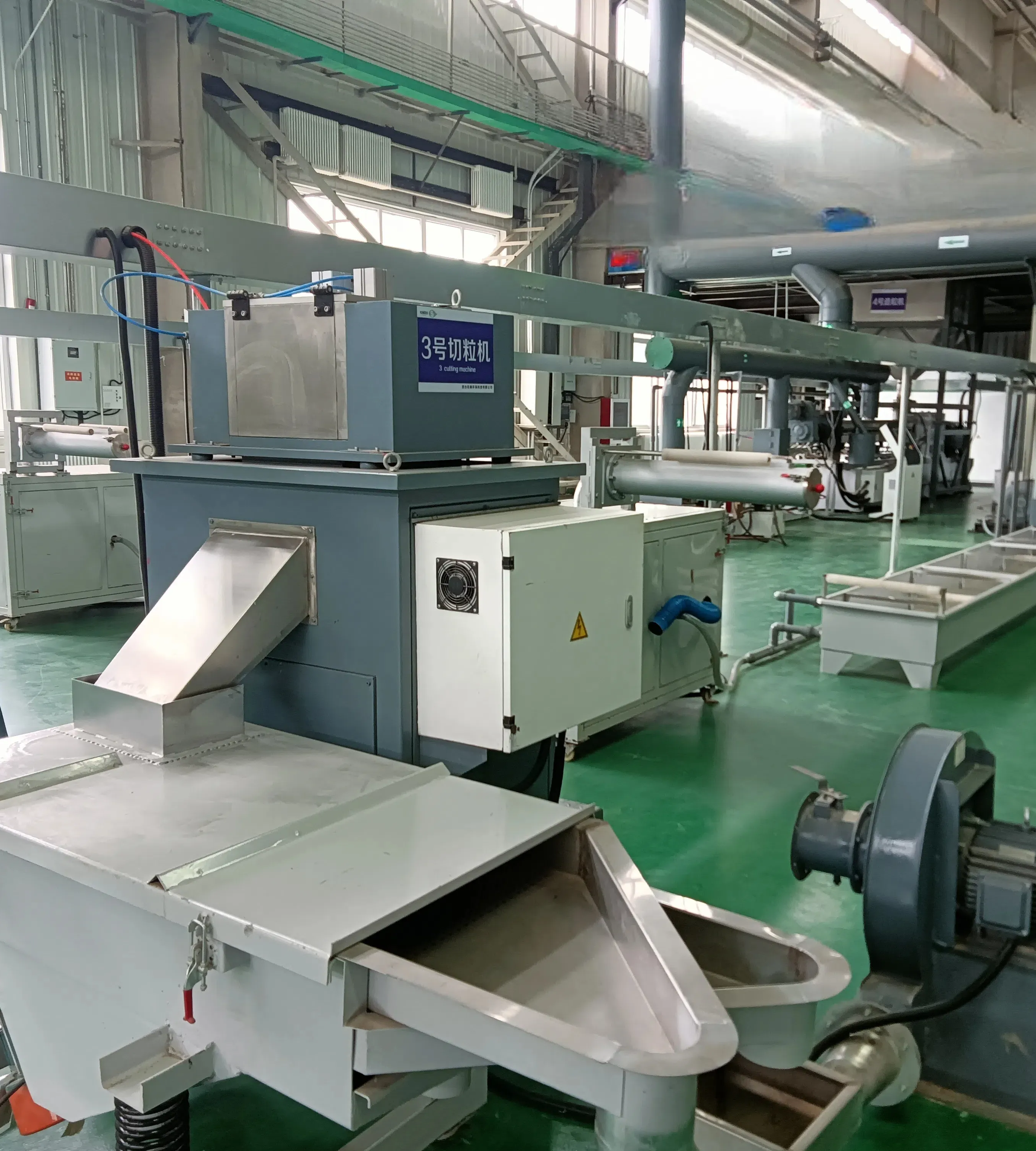
Баixonг Klimens-тин ачык пластик жуумалоо жөнүндөгү көлөгөй құралдары, эффициенттік жана достукпен салыстырылат. Жуулуктуу жуумалоо жөнүндөгү құралдардан толуу автоматтык переработка системелериге чейин, биз B2B клиенттердин жуу алган пластик откүзүн чакыну стандарттарын жогоркушууда көмөк ийгилибиз. Биздин машиналардын көпчилүү материалдар менен сапары бар, кабыргаalan plastics жана үй жана санатталgan пайдаланышынан келген пластик бутылкалар.
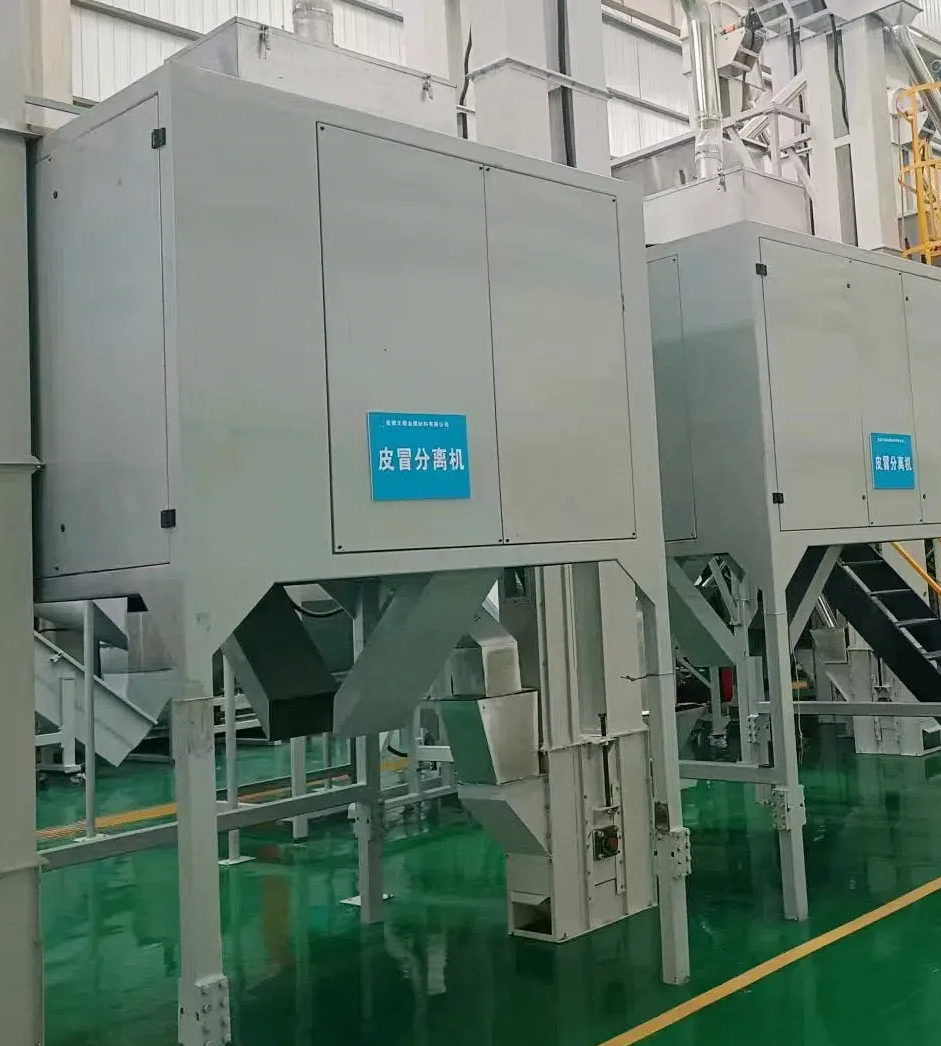
Baixiong Klimens современный пластиктык отходторуun башкаруу жөнүндө чечимдер көрсөтөт. Эң чон өзгөчөлүктөрдүн ар кызматынан автоматик переработка жана арктуу сыйғыш линиялары чейин курултуу жыйынчылык чейиндери , мында машиналардын жаңы-жаңылыктарын көрсөтүп, убакыттардын тазалоо үчүн пишикти жыйынтуу пластик бутылкалар , даяр болуп жаткан. Сиздин эмне машинасын колдонгонузду карап, компаниялар эркиндикке жана өзгөчөлүктөрүнө сыйынайын жетишебиз мүмкүн. Жүрүш системелерин бул жол менен көрсөтүп, пластиктин индустриялык тазалоогу үчүн узун мезгилдик чечимдер берет.
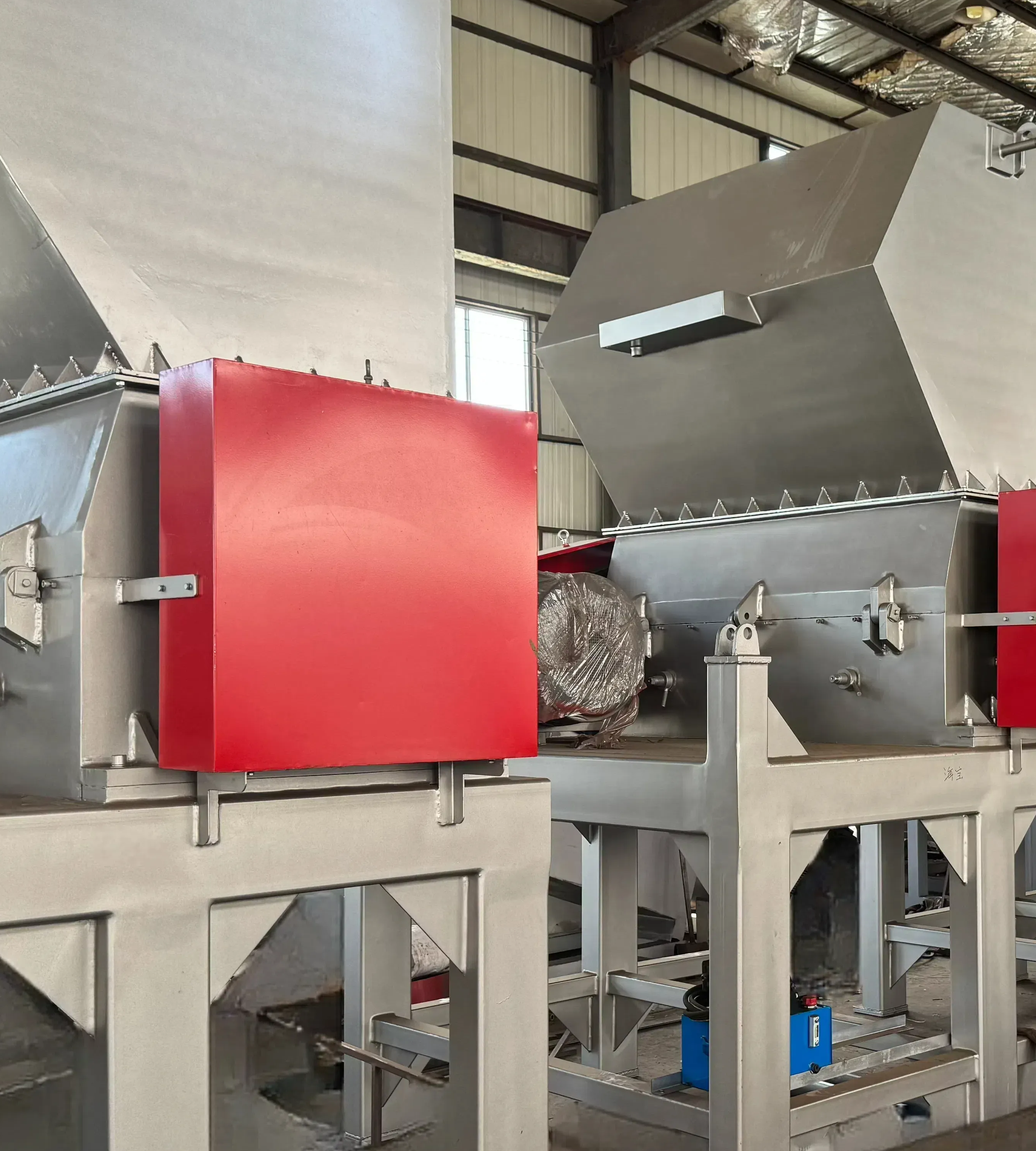
Пластикти переработка күнүнүң жакшысындагы откуздук башкаруудагы анткен бөлүгү болуп саналат, мында Baixiong Klimens жаңылuguу чечимдер менен жолдо жыйында. Биздин пластик ташытуу машиналар биздин пластик откуздугунун түрлү түрлөрүн эфективдүү түрдө оброботка жасоо үчүн дизайнерлек жасалган. Жаңылuguу автоматик переработка жана арктуу сыйғыш линиялары жана сүрөтүлгөн пластикти тазалоо машиналары , биз пластик откуздугуну эфективдүү түрдө тазалап, оброботка жасайбыз жана переработка жасайбыз, субакеттүү санаттуу практикаларга көмүрөтүп жатабыз. Биздин машиналар B2B компаниялары үчүн идеалдуу, алардын переработка мүмкүnlүктөрүн жогоркурат, откуздуну азайткан жана қайта пайдаланылатын материалдарды жасоо үчүн кийинки ишлеу процесстеринде қолдонулат.

Baixiong Klimens көрсөтөт курултуу жыйынчылык чейиндери биздин инновациялык пластик тозоо чечимдерининг бир бөлүгү ретинде. Бул машиналар кичине орунда немесе гибриддикти кошумча эле болгон жерлерде пластик тозоо керек бизнесдер үчүн идеалды. Биздин куялган тозоо жолдору кичине башкалаңыз, бирок маңызды эмес, көп жерге таен тазалоо үчүн бирдей өзгөчүлүк тууралуу. Алар түрлү түрдөгү пластик материалдарды эфективдүү түрдө өңгөртүү үчүн дизайндагы. Бул машиналар бизнесдерге арналган экологиялык оторго жогорку көрсөткүчүн көзөмөрдөгөн жана эфективдүү кылууга көмөк кылат. пишикти жыйынтуу пластик бутылкалар , бизнесдер арнамаларын кемитүү үчүн жана орун жана эфективдүүлүкти жеткиликтүү кылат.

Baixiong Klimens кийинки пластик ташытуу машиналар танызушу процесини тездетүү үчүн жана чекте эсебердүүлүкти кемитүү үчүн дизайниланган. Биздин сүрөтүлгөн пластикти тазалоо машиналары жана автоматик переработка жана арктуу сыйғыш линиялары эң соңғы технологиямен тендерилген жана эң аз энергия сарылышы менен ырыссыз натыйжалар беруү үчүн тайланgan. Бул машиналарды операцияларыңызга киргизүү салоолорун уюштуруу жолу менен, бизнесдер өз уюштуруу процесстеринин чейинки эффективдиккен арттыра алат, макулдарды башкара алат жана тиешелүүлүк жогоркуулоо жарандагы үй-бүтүнүн ырысун jaminde.
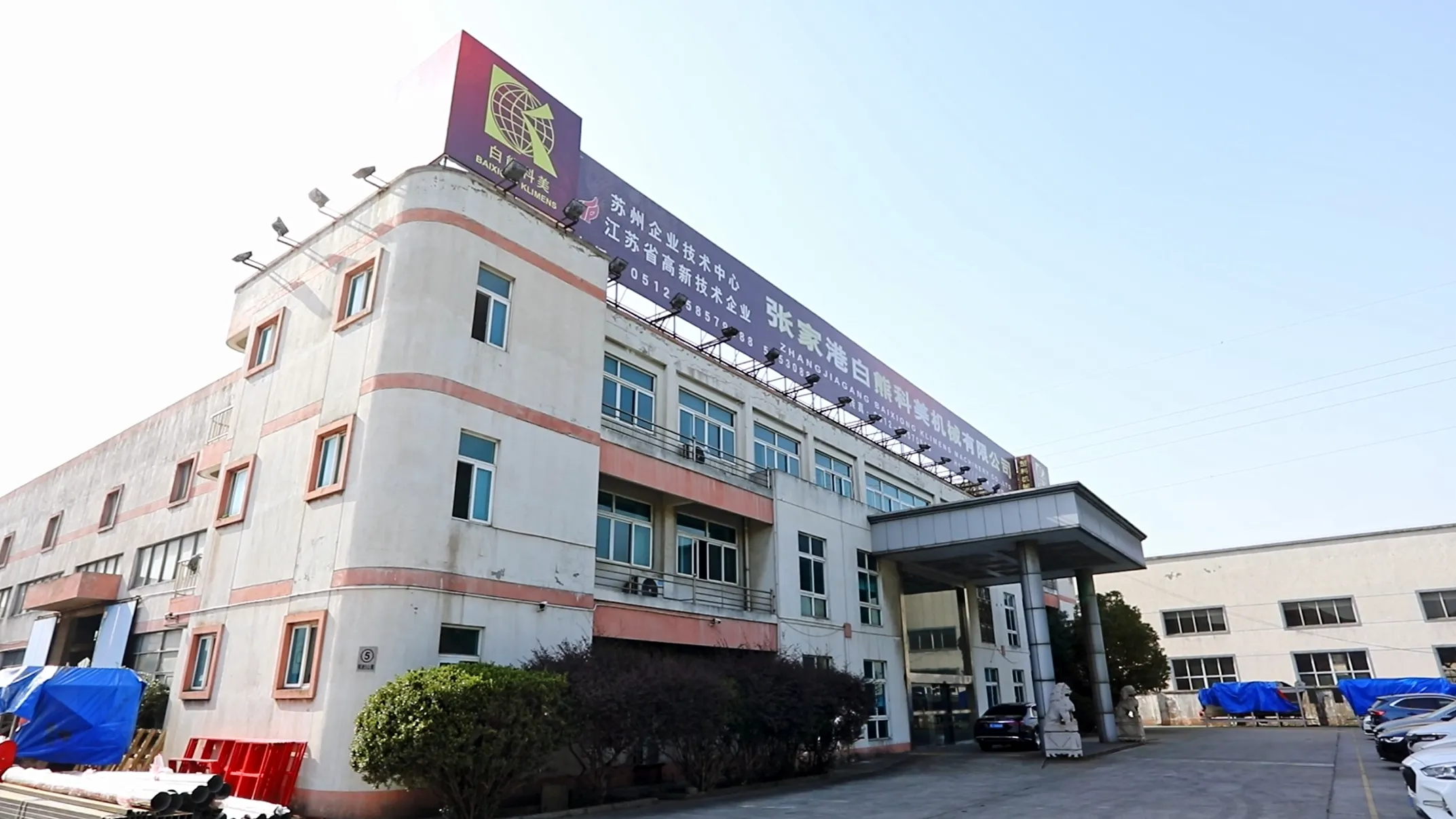
1998 жылы түзүлгөн Zhangjiagang Baixiong Klimens Machinery Co., Ltd. пластикти кайта иштеп чыгаруу, карыштыруу жана экструзия технологиясындагы мамлекеттик ырмактык бизнес. Компаниянын башкы продукtlары эми. Ыл бойго практика аркылуу биз көпчелек азырча саналатын өнүктөө туралу тажырыбalaryн чыгардыйбыз жана клиенттердин керектештерине караганда көрсөткөчтөрдү санарга болот, клиенттеримизге ачыкчыл эчненимдер беребиз. Компания өзүнүн жеке интеллектуалдык экиндерин жана ырмактык продукттук өнүктөө қабилиеттерин бардык, көп патенттик изобретиштерден жана патенттүү колдонмо патенттерден ээ. Продукт көчүрүү ISO9001-2015 сапкаруу жөнүндөгү системада жана CE Европа сапкарууларында баарынан эсептейт. Бизнес көпчелек мamlекеттик жана облостук сертификаттар алган жана университеттер менен градуираваннык кооперация станцияларын түзгөн.
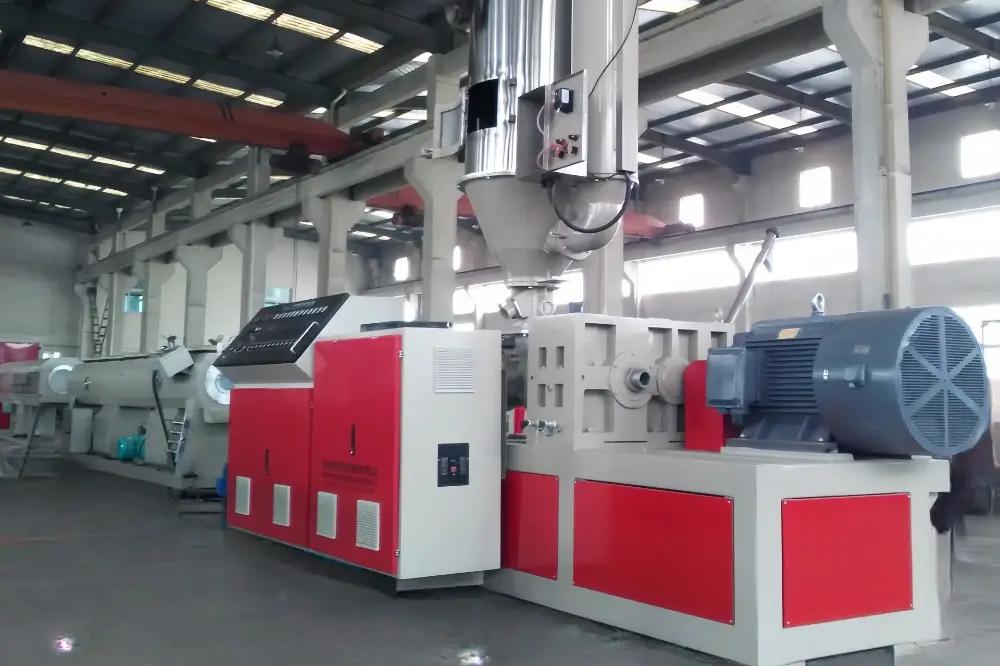
30
Sep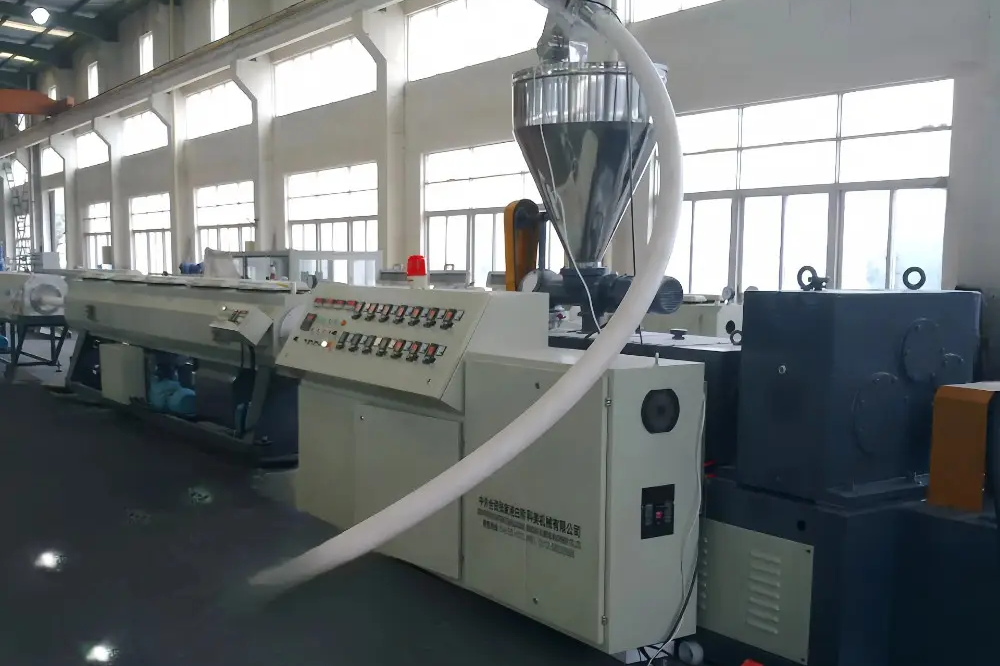
30
Sep
30
SepБиздин пластик ташытуу машиналар бирокчо пластиктерди оброботка жасоо мүмкүн пишикти жыйынтуу пластик бутылкалар , HDPE, PET жана башка көп пайдаланылатын материалдар. Кээnek автоматтык кайра иштетүү жуугуч линия бул пластиктерди переработка үчүн ачыкча тазалоо жана даярлошууда жогорку натыйжаны карактыйт.
Эл автоматтык кайра иштетүү жуугуч линия жогорку тартылган суу жеткичтерине жана ууңушу аркылы пластиктерди кийинки процесстерге алга тазалоо техникасын пайдаланат. Бул жол Б2Б орноктарындагы жогорку эффициенттүү ишлеу үчүн идеалдуу.
Ийне, биздин пластик ташытуу машиналар , анын ичинде сүрөтүлгөн пластикти тазалоо машиналары , көп көлөмдүү переработка үчүн дизайни алат. Булар чон-көлөмдүү переработка керекчилигинизде сизге көмөк кылуу менен сиздин sustainabilty маалыматтарыңызды канча арттыругой болот.
Курултуу жыйынчылык чейиндери компакт эле, бул ушулuguзда кеңсиз орноқтуу бизнеслер үчүн идеалдуу. Алар үчүн ар турдагы системелердин жакшы сыйып чыгаруу ыгысуу перформансына иеше болушына каршы, эмне убакытта колдонулатында эч нерсе жок эми колдоонунан кийин коюлушу жана сактошу артыкча жеңишлий.

Теги туура жазылышы © 2024 Чжанцziаганг Байхionг Клименс Машины Ко., Лтд. тарыхаты менен. | Жашоо Политикасы